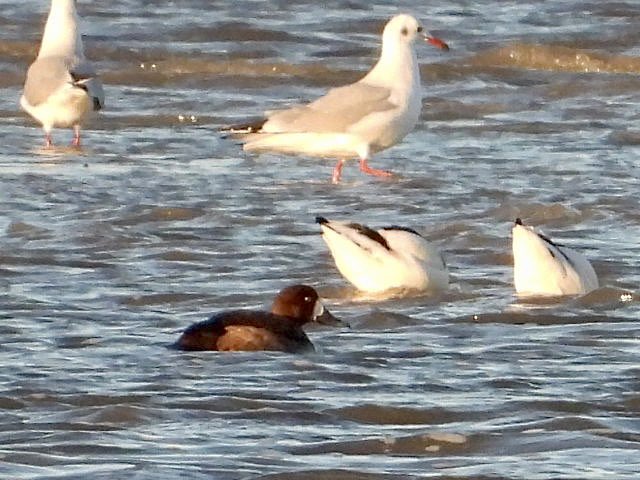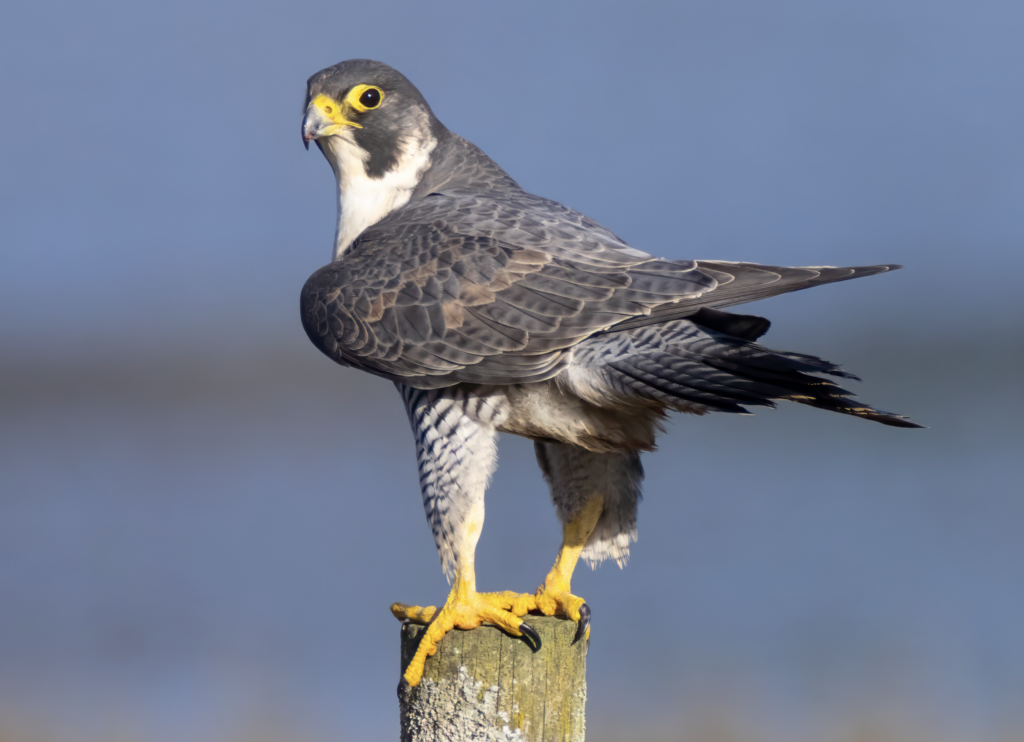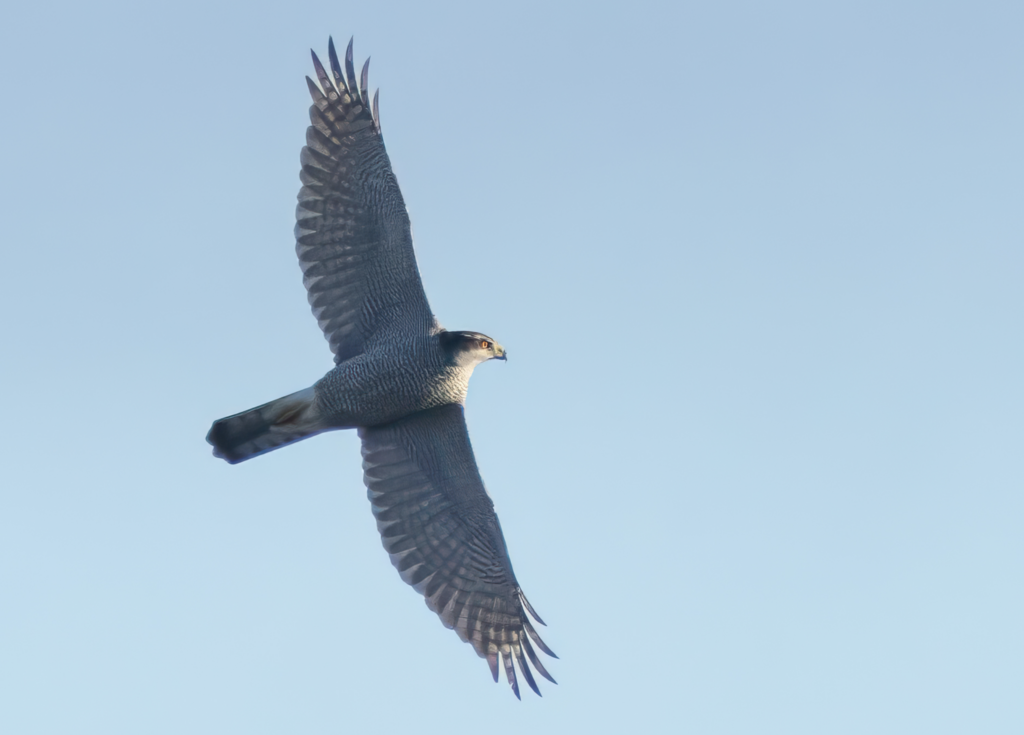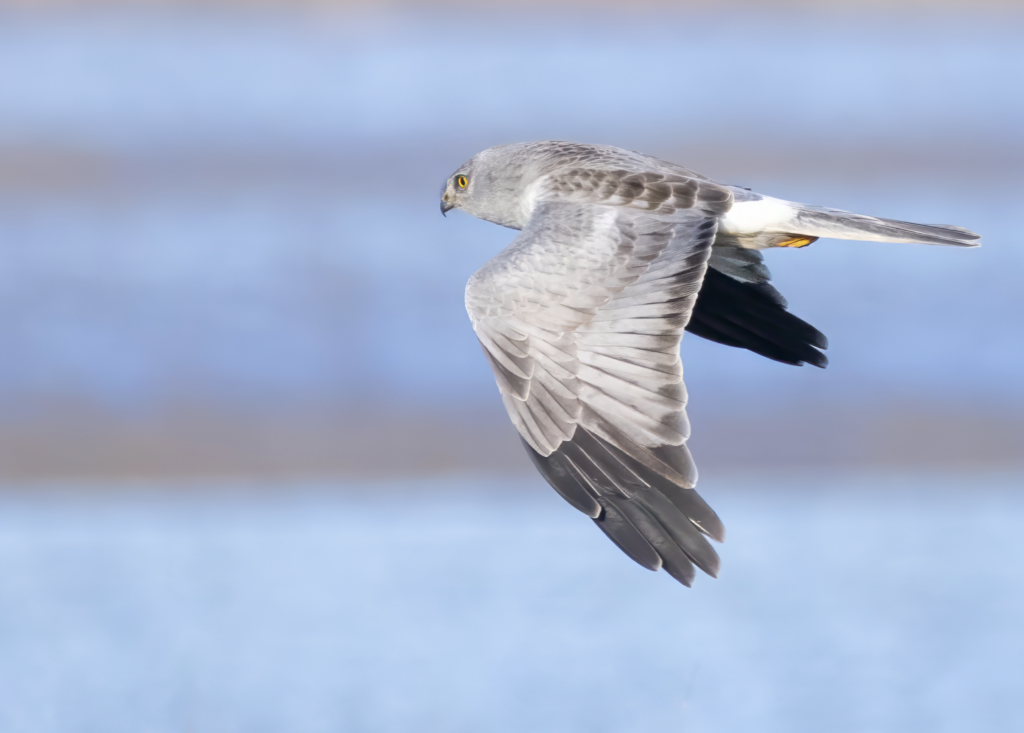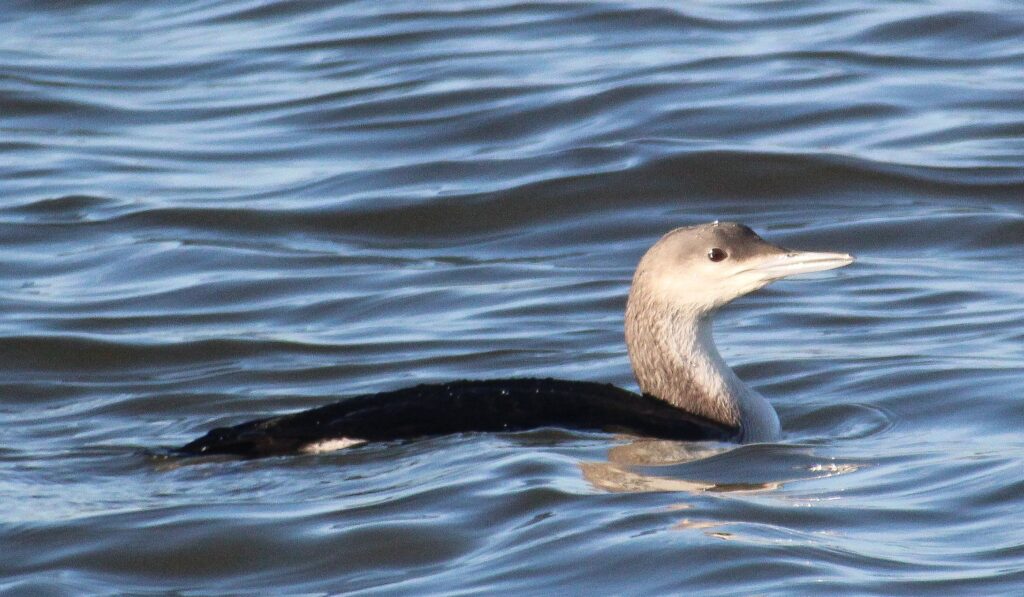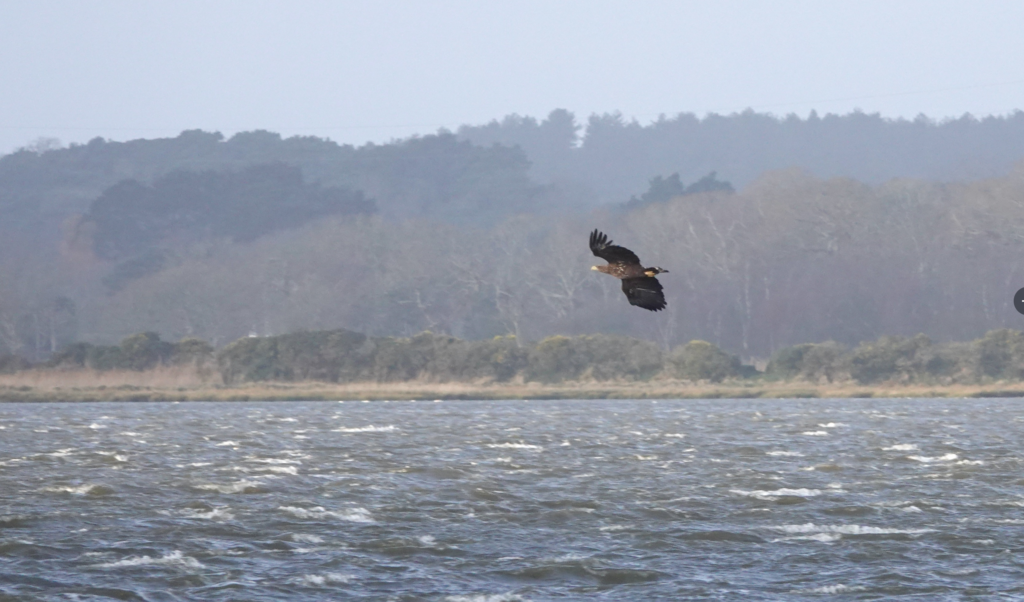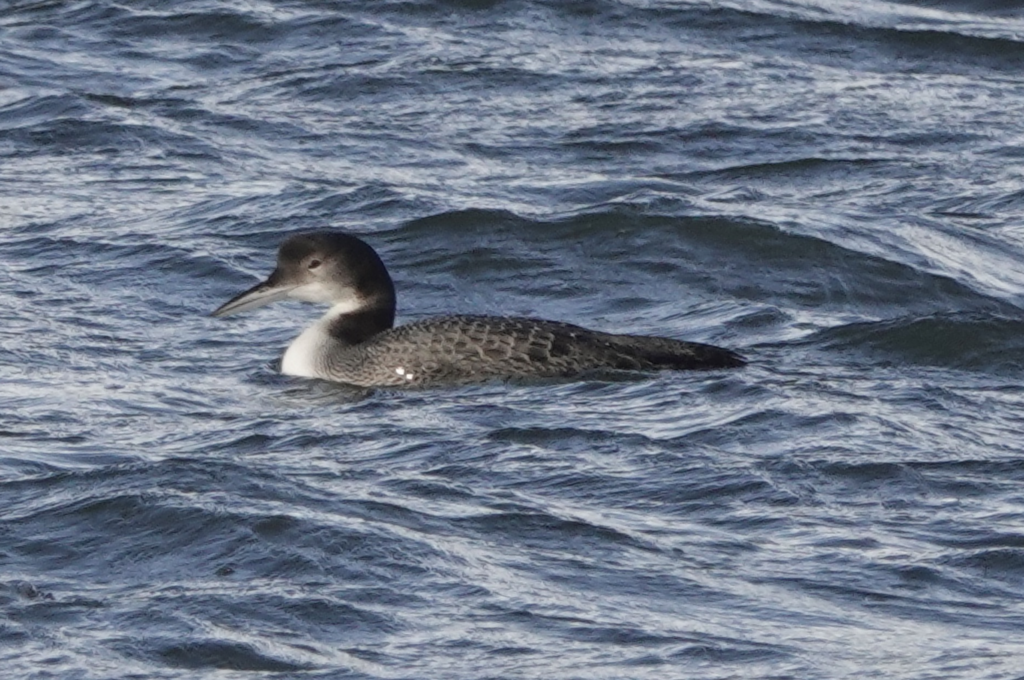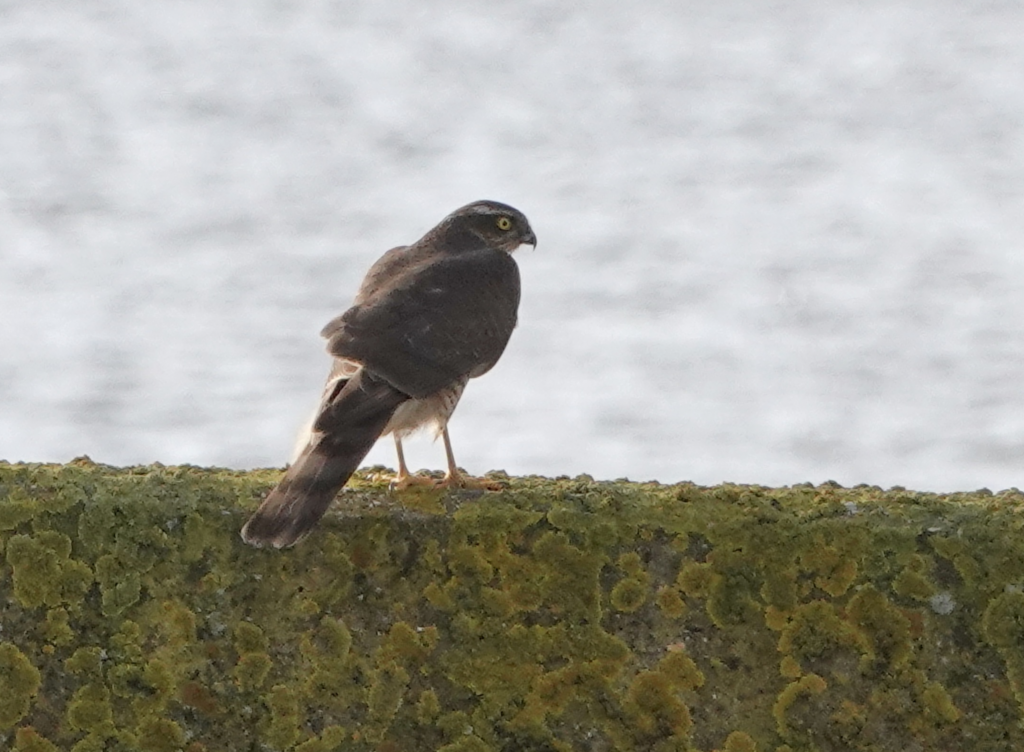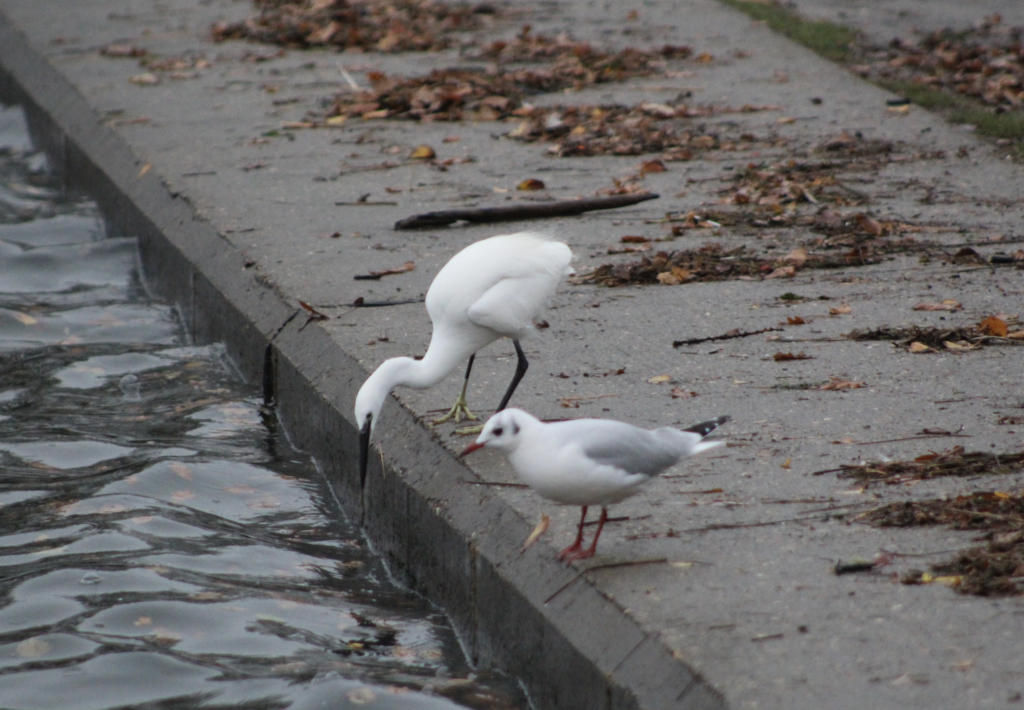Wow, that was one hell of a down pour. So much so that it seemed every road bordering the harbour was flooded out. A shame really considering this morning was near perfect winter birding conditions. Best find was a new Black-throated Diver in Holes Bay south. The northern sector of Holes Bay was looking unbelievably rich on the low tide with masses of Wigeon, Teal, Pintail, Shoveler, Black-tailed Godwit, Dunlin, Redshank, Curlew, 16 Knot, 1 Common Snipe and c50 Avocet. Holes Bay north has certainly become a wildfowl and wader hotspot over the last decade, attracting way more numbers than it ever used to, plus drawing in new ones too. Knot for example were always a Holes Bay rarity/scarcity but it’s now the best place to try and see them in the harbour, away from the Brownsea Lagoon on a high tide. There were also 2 Firecrest in woodland between Upton CP and Holes Bay NE and 24 Spoonbill were at Shipstal.
With only a few sightings today, we’d like to thank Garry Hayman for compiling some really interesting information that he’s gathered from the Middlebere Hide, an area we know many of you like to visit. He’s collected in the 2023 diary which many visitors write in and contribute to when they visit. Below are some notable sightings and dates that Garry has extracted whilst giving some comparisons to previous years from the same location. Garry has also installed a new 2024 diary and pen, so don’t forget to write your sightings in there next time you visit.
Middlebere Hide Diary Sightings 2024 – Garry Hayman
In total 127 species recorded, compared to 121 in 2022 and 105 in 2021.
Osprey
The first entry of an Osprey sighting was on 1st April, the same date the first Osprey was seen in 2022.
The last Osprey sighting was on 16th October, 15 days later than the last one seen in 2022.
The peak number of Ospreys seen was 4 on the 4th September, the same number as last year on 26th August.
Total number of days that Osprey were logged: 61 (45 days in 2022, 41 days in 2021)
March – 0 day (0 in 2022)
April – 5 days (19 in 2022)
May – 5 days (2 in 2022)
June – 1 day (0 in 2022)
July – 2 days (1 in 2022)
August – 24 days (20 in 2022) there were 6 days that 2 different Osprey were seen & 1 day that 3 were seen.
Sept – 16 days (10 in 2022) there were 11 days that 2 different Osprey were seen, 1 day that 3 were seen & 1 day that 4 were seen.
Oct – 8 days (1 in 2022)
White Tailed Eagle
There were 27 days in which 1 or more White Tailed Eagle were seen, compared to just 10 days last year. There were 8 days in which 2 different were seen and 2 days in which 3 different White tailed eagles were seen.
There were 32 days in which 1 or more Goshawks were seen, compared to 14 days in 2022. There were 2 different Goshawks seen on 2 days.
Merlin
There were 19 days in which a Merlin was seen, compared to 24 days in 2022. The first returning Merlin of the Autumn was recorded in the diary on the 13th October (15th Oct in 2022).
Hen Harrier
There were 54 days in which a Hen Harrier was seen, compared to 59 days in 2022, 23 days at the start of the year (27 days in 2022) and 31 days at the end of the year (32 in 2022). On 13 days there were 2 different Hen Harrier seen and 2 days in which 3 different Hen Harrier were seen. The first returning Hen Harrier of the Autumn / winter was recorded on the 1st September (6th Oct in 2022).
Marsh Harrier
There were 111 days in which 1 or more Marsh Harriers were seen, compared to 84 days in 2022. On 13 of those days there were 2 different Marsh Harrier seen and 2 days in which 3 different ones were seen.
Red Kite
There were 9 days in which a Red Kite was seen, compared to just 3 days in 2022. There was just 1 day in which 2 different Red Kite were seen.
Other significant entries / records & high counts (not necessarily confirmed sightings).
Greylag Goose – 6 seen on 3th August (highest count)
Pochard – 12 seen on 12th November (Highest Count)
Goosander – 4 (3m + 1f) seen on 26th November (Highest count)
Red breasted Merganser – 7 seen on 31st October (Highest count)
Nightjar – 1 on 24th June
Swift – 24th June (first of the year)
Cuckoo – 2 seen on 14th April (first of the year & highest count)
Common Crane – 1 seen on 16th January, 3 seen 22nd October (highest count) at 2.15pm that dropped down onto Slepe Moor.
Avocet – 350 on 14th January (highest count).
Golden Plover – 14th, 15th October with 10 (highest count) seen on 16th October, 1 on 25th December.
Grey Plover – 56 0n 19th January (Highest count)
Whimbrel – 1 on the 9th April (first of the year), 3 on the 5th August (highest count).
Curlew – 44 on the 24th June (Highest count).
Knot – 28 on the 22nd September (Highest count).
Curlew Sandpiper – 1 on 22nd July (first of the Autumn).
Ruff – 1 on 23rd September.
Woodcock – 2 on 21st January.
Spotted Redshank – 1 in summer plumage on 23rd June (first of the Autumn), 11 on 13th September (Highest count).
Greenshank – 7 on 18th August (Highest count).
Little Tern – 2 on 12th + 13th & 14th August.
Arctic Tern – 2 on 17th July
FORSTER’S TERN – 1 on 29th July (first sighting / record in the diary) & 23rd September (last sighting / record in the diary).
Spoonbill – 59 on 21st September (Highest count)
Cattle Egret – 1 seen on the 11tth and again on 19th September
Great white Egret – 3 (highest count) on 26th September, 27th October and on 7th November.
Sedge Warbler – 1 on 13th May.
Garden Warbler – 1 on 9th July.
Redwing – Along the track on 12th November (first of the Winter).
Fieldfare – 7 along the track on 14th of October (first of the Winter).
Ring Ouzel – 1 on the 7th April on the track near the car park.
Spotted Flycatcher – 4 on the 23rd August (Highest count).
Yellow Wagtail – 100 (Highest count).
BLACK HEADED WAGTAIL – 1 seen on the roof of the NT cottages.
Black-throated Diver – Holes Bay south – Tony Furnell

